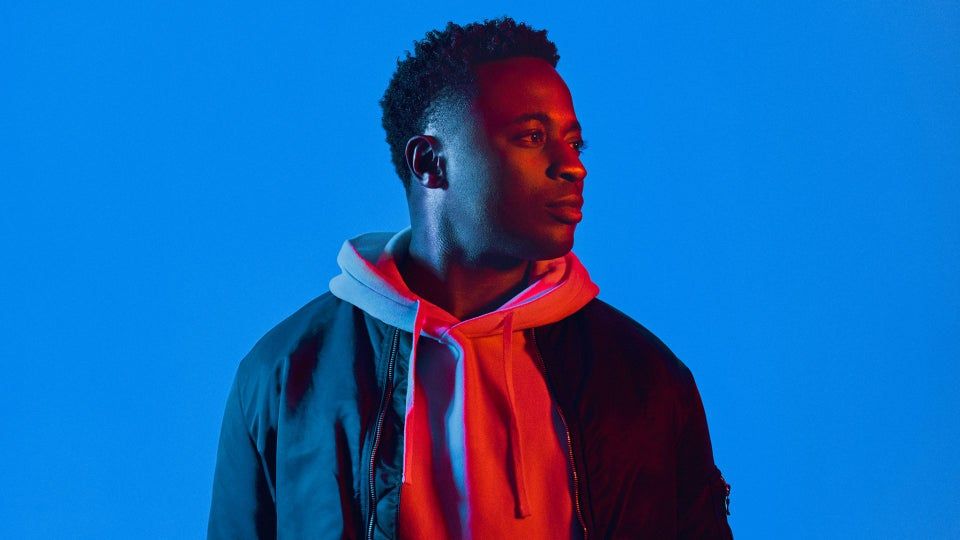As a startup founder, finding a brand to partner with can help you bring in revenue, validate your idea, build credibility, and get traction.
However, when pitching for partners, a lot of startups fumble the bag because they haven’t figured out how to create a winning pitch.
Over the past seven years, Travis Montaque, the CEO of Holler, has figured out that winning pitch and the result of it?
Getting partnerships with major brands such as McDonald's, and raising over $50 million in venture capital.
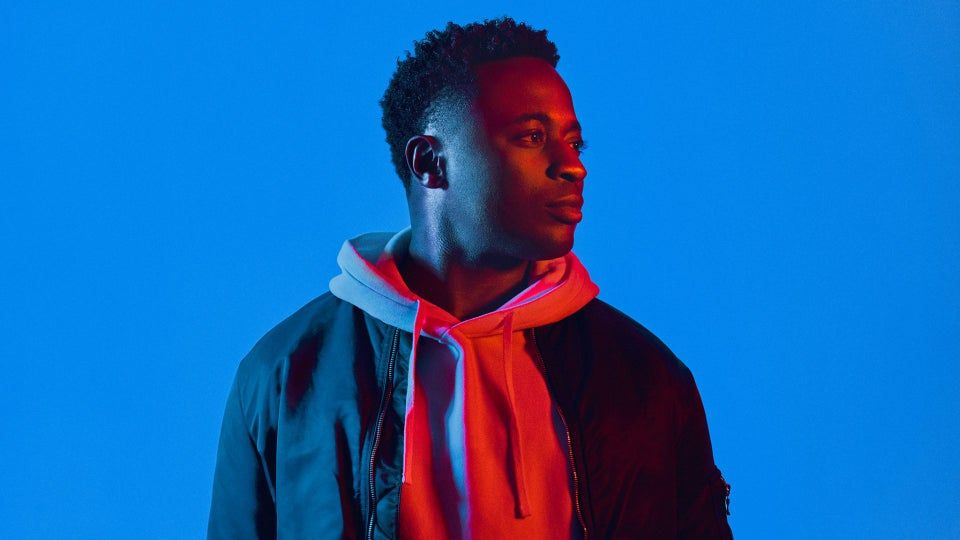

ICYMI, Holler is a messaging tech company that delivers content in messaging environments like texts, social media, and payment apps.
“At Holler we have a B2B2C model where we enable platforms to leverage our SDK in order to get access to our technology and our content,” Travis shared with Mogul Millennial. “We work with big companies like PayPal for Venmo, who enable their platforms and allow users to get access to our products. Then there’s the other side of our equation where we give those platforms access to our software and services for free, however we’ll work with the brands in a different, strategic way.”
For example, let’s say you’re Sunday Funday-ing it up and your homeboy buys you a drink, or you buy them a drink. Using Venmo, you’ll use Holler to express yourself when paying them back or charging them on Venmo.
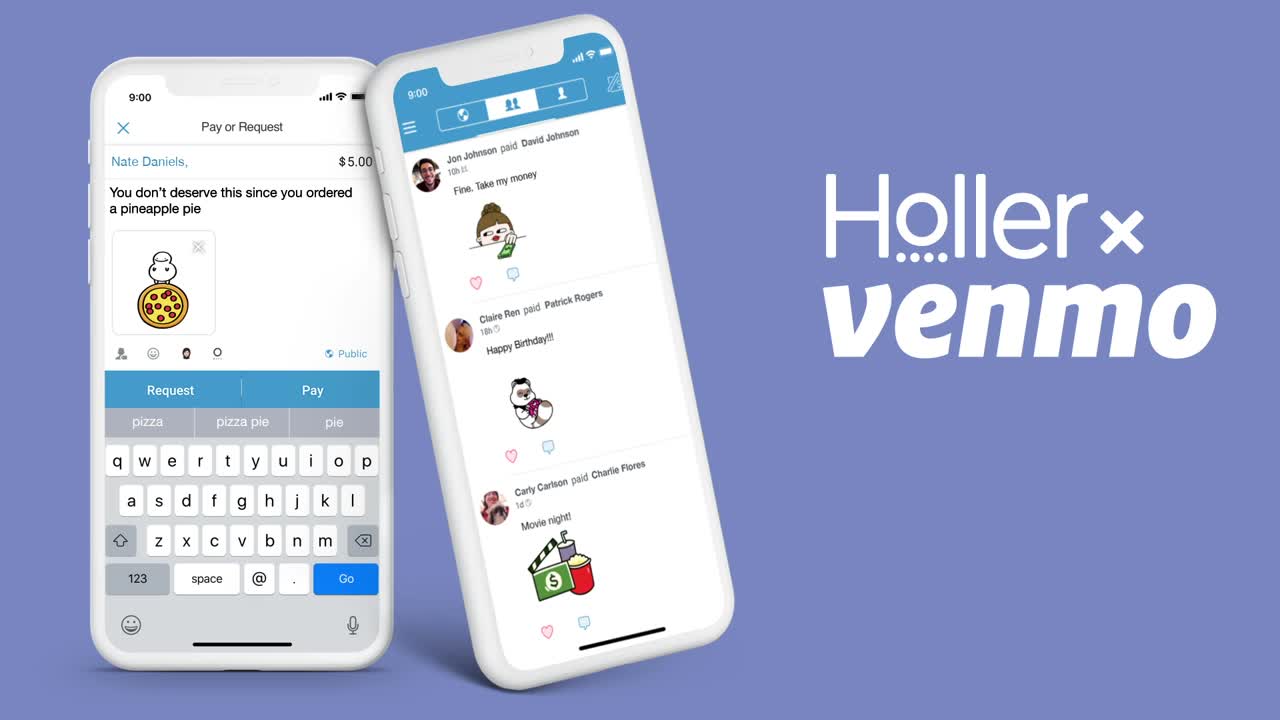
Being a tech founder and raising over 50 mil in funding didn't come easy or happen overnight. Before Holler, Travis started his career at Chick-fil-A at the age of 15. Pretty soon, he got promoted to his first leadership position, became a manager by 17, and by 18, he was a General Manager.
Because he was doing so well at Chick-fil-A, they gave him a scholarship to go to college. Using that, Travis attended the University of Miami, and majored in finance. From there while in college, Travis worked in private equity, investment banking, and received a full-time job offer at Goldman Sachs. He ended up declining that offer to start his own business called Splyst (and raised $300K in funding for it!).
“My first company was called Splyst, and the thesis behind that platform was to deliver personalized, relevant news and content by using AI and technology. Through that experience, I wanted people to share content with each other more, but it wasn't happening. I realized it was because they didn’t have anything to say, per se. I started to realize that everything you see makes you feel a certain way, and wondered, what if you could just share that feeling,” Travis told Mogul Millennial.
“From there, I removed all words from the platform and allowed people to react to content with one of 12 emoji’s and that’s all people did. After that, it made me realize that there were many places to go to for news and video content, but this notion of digital expression or visual communication was going to be important, especially as more of our conversations were moving online,” Travis said.
That insight was the birth of Holler, and the beginning of what is now one of the most promising tech companies in the messaging space.
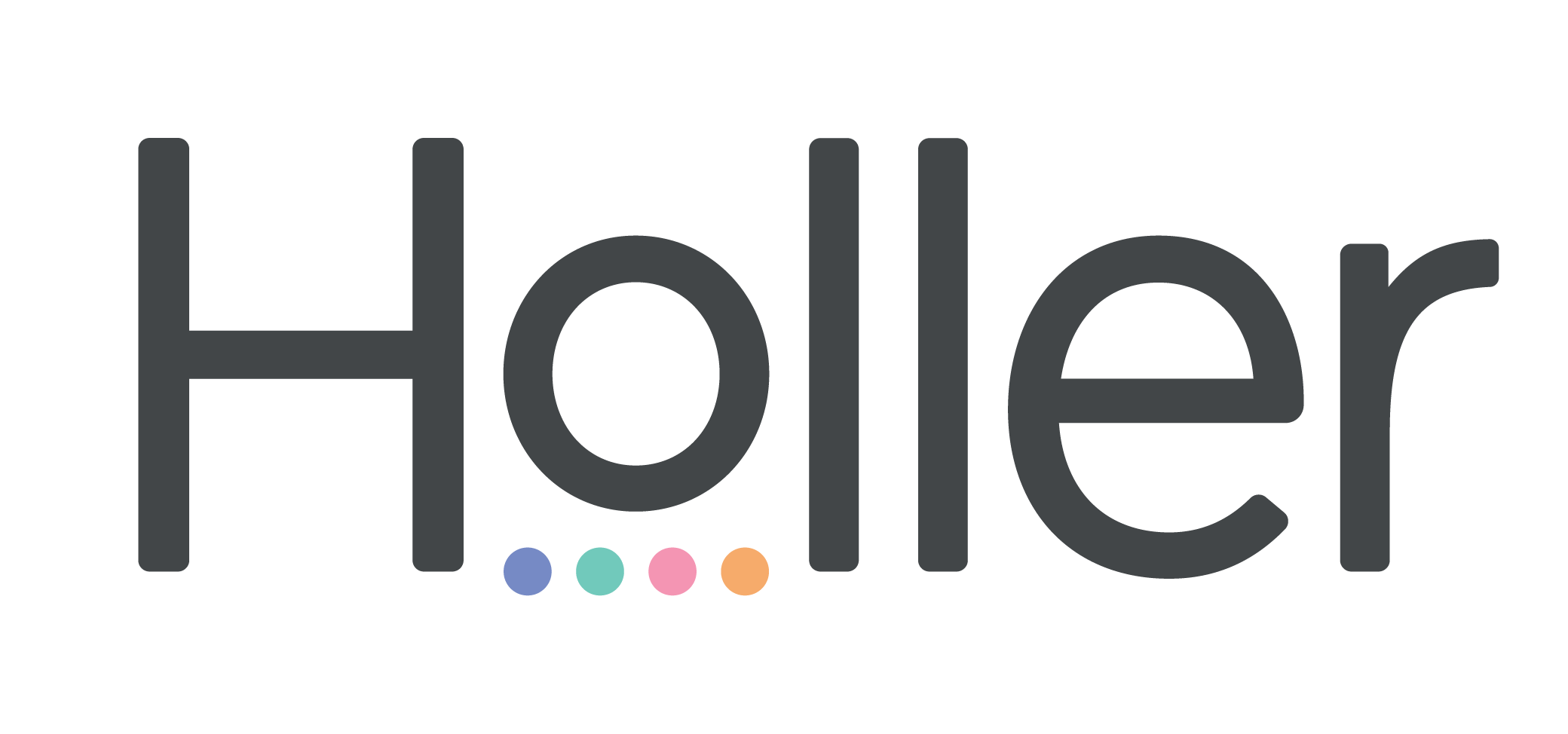
Since pivoting to launch Holler, Travis and his team have learned how to secure partnerships with all types of brands.
Here with Mogul Millennial, Travis breaks down what he’s learned about pitching brands, securing partnerships, and tips for founders on doing the same.

You should know your industry better than anyone you’re pitching
The very first brand we secured at Holler was actually McDonald's.
When we pitched them, we got their business by telling them the story of conversational media and what it meant for them.
What we did for McDonald's and other companies we’ve worked with is introduce them to the space of conversational media, educate them on where it’s going, and then provide a powerful opportunity for them to be part of that movement.
For a brand like McDonald’s, they want to be a part of the wave. Whether that’s in Venmo or somewhere else, McDonald’s wants to be a part of the conversation every time somebody is feeling hungry or is talking about going to lunch.
Be innovative in your solution and value proposition
Every company, in order to stay relevant, has to innovate.
Innovations usually come from small companies and startups. All of these bigger companies are open to partnering with smaller companies, but you have to ensure that your value proposition and the story that you're telling is solving a real problem.
For us at Holler, we did the classic things like direct outreach and using typical sales tactics, but at the end of the day, when you get into that pitch room, ask yourself, what story are you really telling?
At Holler, we focus on our story and articulate it in such a way that’ll be valuable to the brand we’re pitching, all while making them feel like they should be a part of what we’re doing.
Along with that, we also offer scale. For example if you have a media business, scaling is important and getting as many eyeballs on your platform as possible is important. At Holler, we figure out how we can scale to be important to a big brand like McDonald's, because at McDonald's you need to be able to reach billions of people.
So when you look back at it, although we would give our service away for free, we were able to aggregate tons of eyeballs and now we’re able to monetize those eyeballs out on the other end to brands.
Ultimately, as a founder, design the model of your business, design the strategy, understand what is going to be important for the brand you're pitching, and make sure they hear that message.
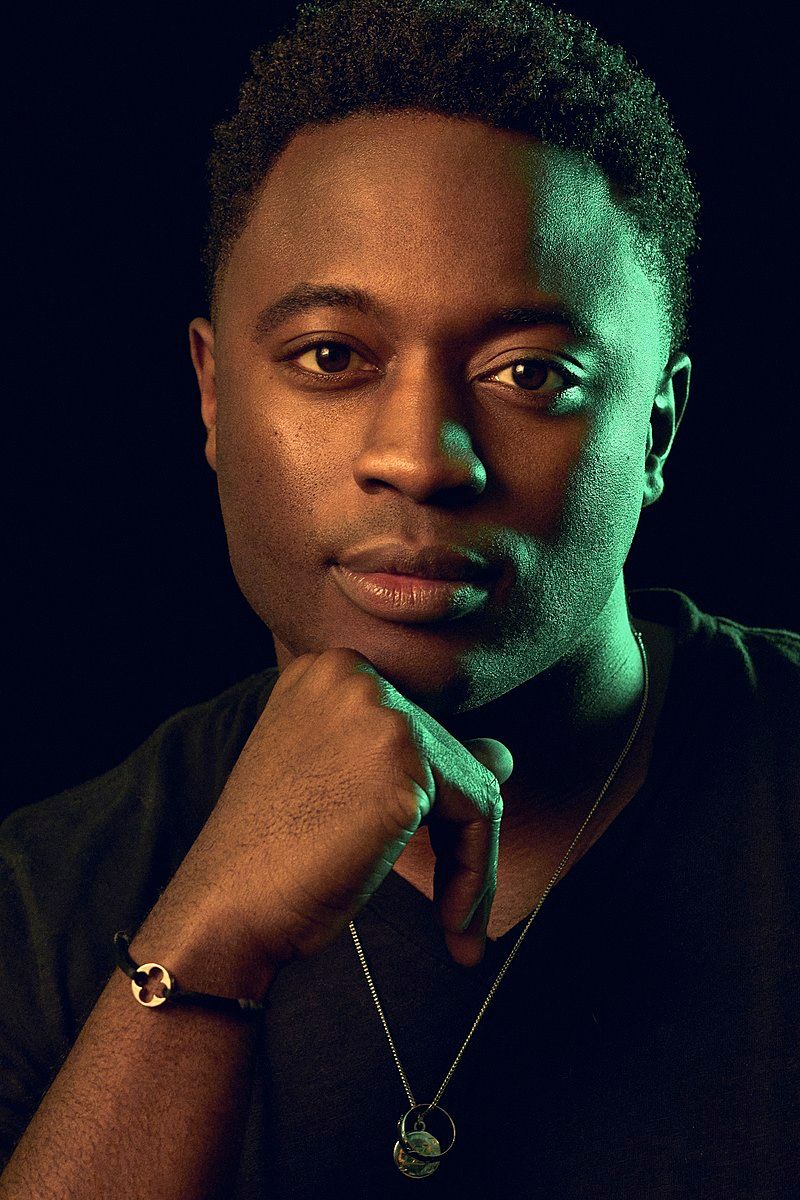
Capitalize on every opportunity
When you're very early and you're trying to get into the room, having those networks and building relationships are important.
For example, when I started out, I didn't have any connections with agencies, brands, or anything.
As soon as I launched my startup, I hit the ground running with a period of aggressive networking. I went to any networking event and would participate in any conversations anyone would offer me. I know that sometimes it's scary for people to go out and put themselves out there, but you have to do it. When you’re in the earliest days of your business, it’s important that you put yourself out there, tell people what you’re doing, and get feedback in real time.
As a founder, you want to have as many conversations as possible, and take what you’re learning and iterate, if needed, on your business concept and idea. Whether you are pitching someone or not, use every conversation as an opportunity to fine-tune your business model, and take feedback so you can get it right.
Next, when you’re in those rooms pitching, you want to capitalize on that opportunity. In order to do that, you have to make sure people understand your story - your why. They should clearly understand the problem you’re solving, the opportunity, and what it means for them.
These are the types of things you need to do at the ground level in order to start creating and capitalizing on opportunities for your business.

Do what you have to do to get data
Getting your first customer is hard.
When you don’t have case studies, data, or a track record around what you’re doing, you may have to offer incentives in order to get people or brands on board. Sometimes you need to offer your product or service for free to get somebody to try it. Make it free for 30 days, or give it at a discounted rate - but you need an opportunity to prove yourself.
Essentially, you want to make it super easy for someone to get started with you and test out what you’re doing. If you decide to give your product away for free, make sure you make the brand commit to letting you use their experience as a case study. You have to do what's needed to build some credibility.
For us, we did some trials with friends, and were able to gather some data and case studies from it. Once you have that data, you’re able to share it with other brands when pitching for their business.
Don’t forget to share your why
One of things a lot of people do in their sales or pitch deck is they go right into who they are, what they're offering, and then talk about each product, its features, and benefits. But, most importantly, they forget to share their whole story and why should anyone care about what they're doing.
You have to share what’s interesting about the problem you’re solving, how that connects to your company, and why you’re pitching them today.
KEY TAKEAWAYS:
👉🏾Before you pitch anyone, you should know your business, your competitors, and the industry better than anyone in the room. Do your research, figure out your competitive advantage, and own it.
👉🏾Don't be scared to put yourself out there and talk about what you're doing. You never know who will be in the room or who is listening, so capitalize on every opportunity to spread the word about your brand.
👉🏾No traction? No problem. Do what you gotta do to get some data and numbers, whether that's offering your product up for free or for the low. Don't be scared to take a few L's in order to come out winning in the end.

